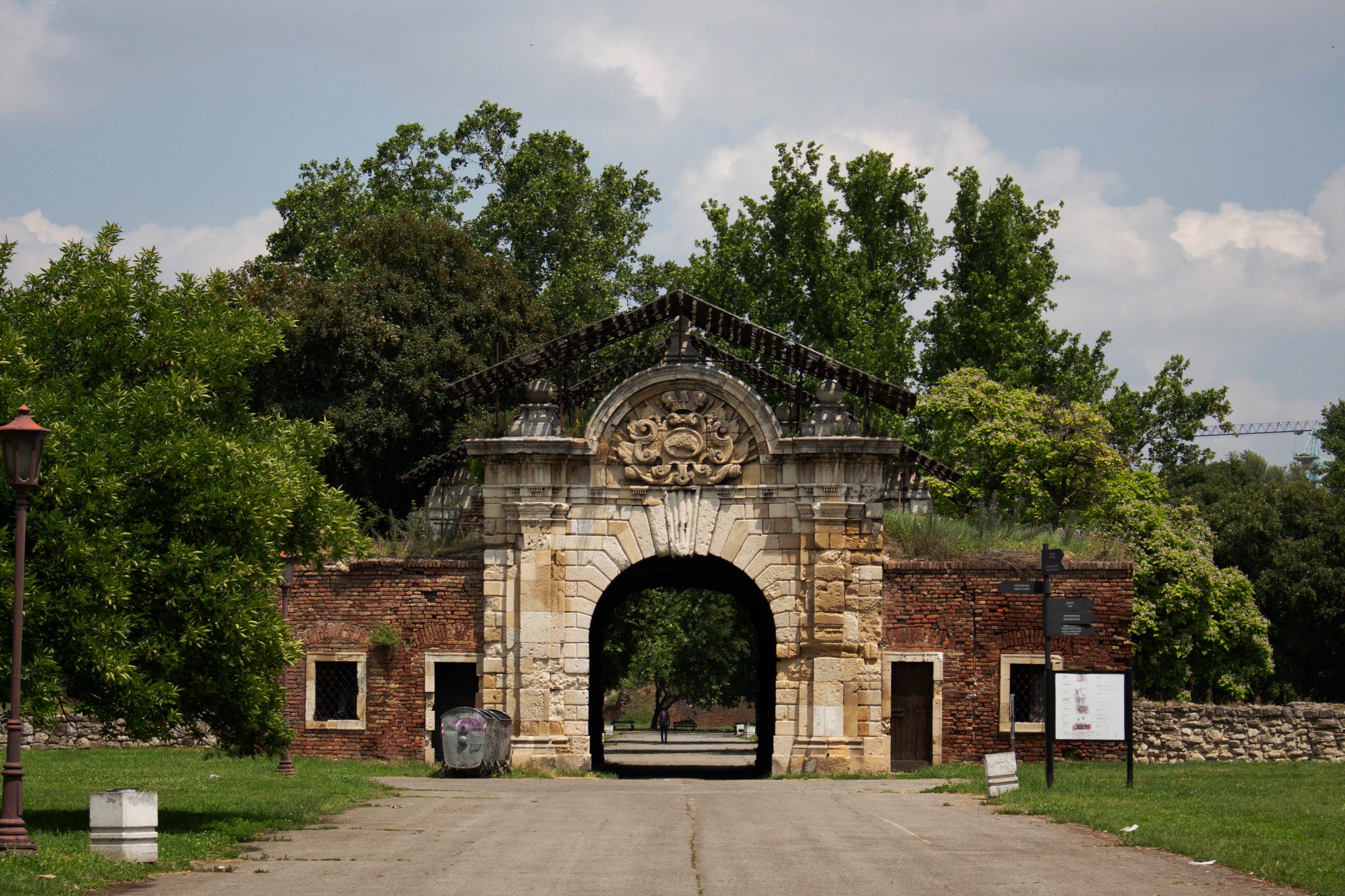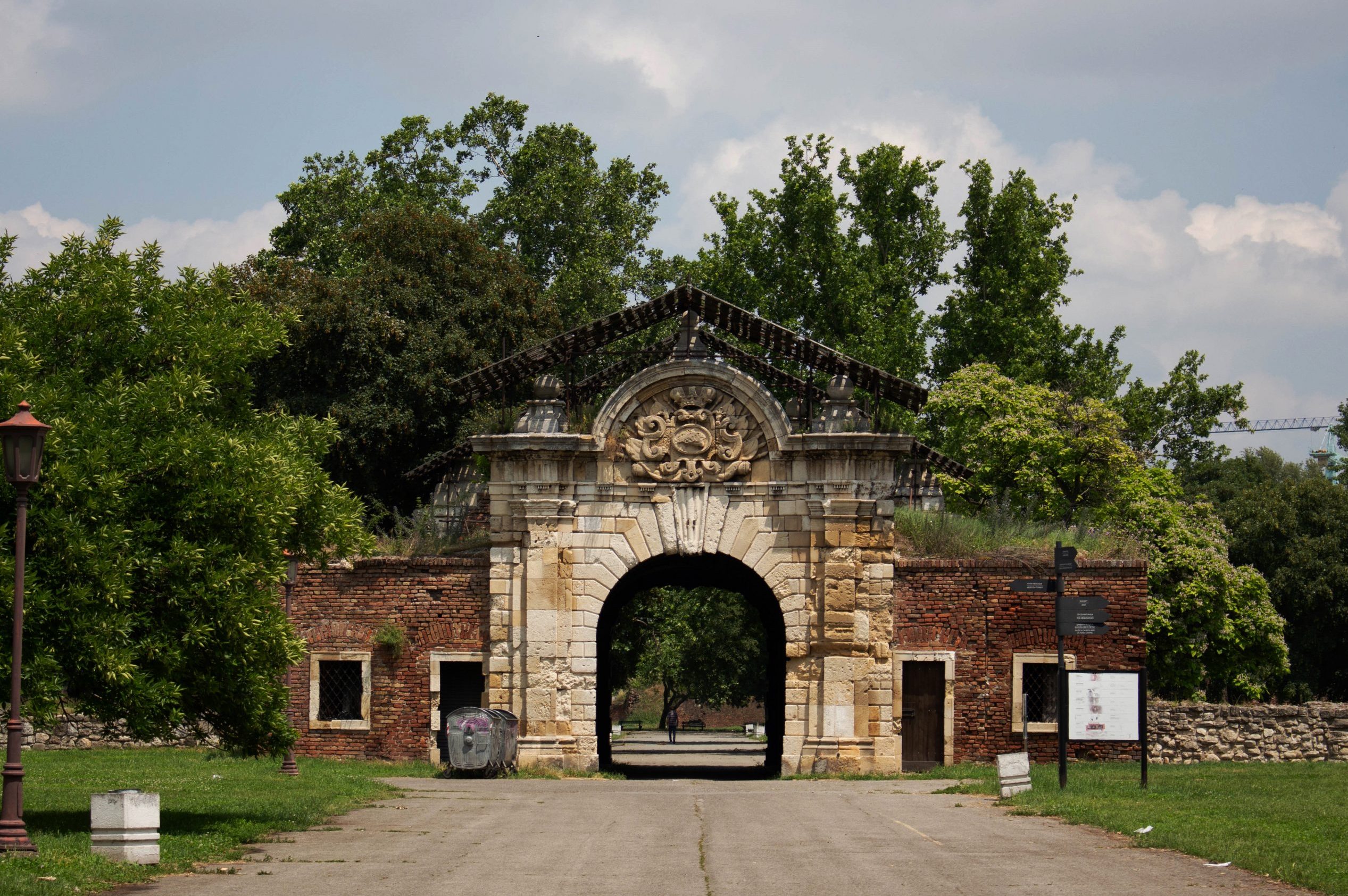WHERE IS IT?
This baroque gate is located at the entrance of the Lower Town, near Dušanova Street in Dorćol and in the vicinity of the Nebojsa Tower.
Kliknite na mapu da biste dobili putanju.
THE HISTORY
The Gate of Emperor Carlo VI is one of the gates within the Belgrade fortress that have been preserved to this day. At the site of this baroque gate, there used to be another gate that had been built in the 15th century during the reign of the Serbian Despot Stefan Lazarević. The original gate, which was also called the Eastern Lower Town Gate, was erected at that place in order to defend the Lower Town and was the main entrance to this part of the fortress. With the arrival of the Austrian authorities in the 18th century, the reconstruction of the entire city began, and thus the reconstruction of the fortress as well.
This part of the fortress was also reconstructed, and a new gate was built - the Gate of Carlo VI. Accompanying buildings were built around the gate during the same time period, but they were not preserved. During WWI, almost all of the gates and the remains of the fortress walls were destroyed, but this gate remained.
During the German occupation in WWII, large works were carried out in the Lower Town with the aim of erecting a memorial park dedicated to Prince Eugene of Savoy (historical sources previously thought that the Gate of Emperor Carlo VI was actually dedicated to Prince Eugene). During the allied bombing in 1944, a bomb fell right next to the gate and significantly damaged it. The half-ruined gate stood for the next 20 years until research work began in 1964. The restoration of the gate began in 1973.
This gate also has a symbolic meaning. The Austrians were known for paying attention not only to the military, but also to the symbolic meaning of the fortification. This baroque gate represents a symbol of Austrian domination over this area. Above the entrance is the monogram of Carlo VI, as well as the coat of arms of Tribalia - the head of a boar pierced by an arrow. This coat of arms runs through the entire Serbian history, during which other European rulers called Serbian rulers tribal. The Habsburg monarchy expressed its dominance over Serbia by adding the imperial crown above the boar's head and therefore emphasizing the subordinate position of Serbia. This coat of arms has been preserved to this day and represents the oldest preserved coat of arms in Belgrade.
Pripremila: Mila Popović



